As 2018 comes to a close, we want to take this time to look back at what made this year truly special. One of the pillars we live by is a dedication to education. Therefore, we believe it is our responsibility to support the next generation of creators, work with the visionaries of tomorrow, and shape the future leaders that already see the world differently. Here’s a look at some of our initiatives in education in 2018.
SensorTile Curriculum
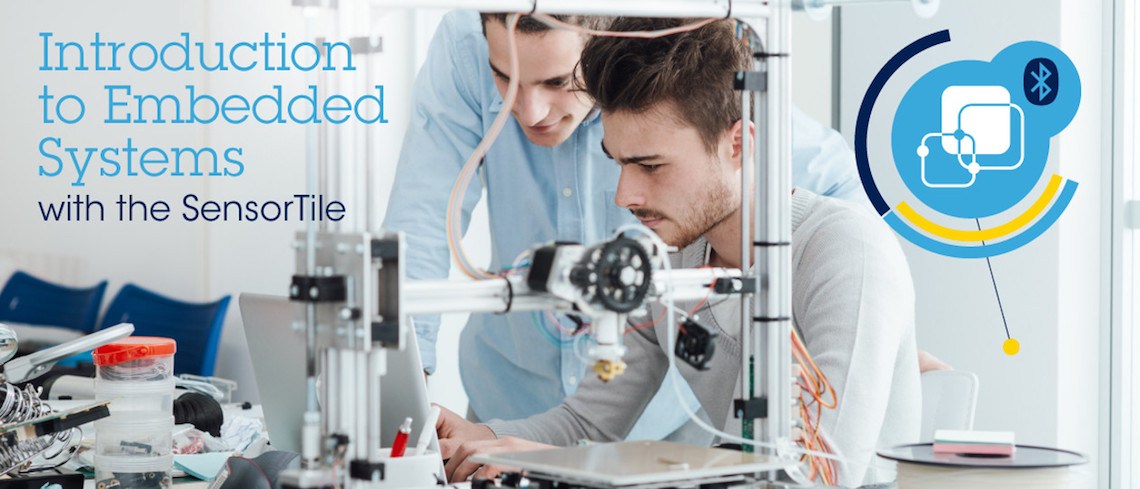
Introduction to Embedded Systems with SensorTile is the first undergraduate course to teach the fundamentals of IoT using our platform. Developed by Professor William Kaiser at UCLA, and available online for free, it brings the knowledge and expertise to tackle the challenges inherent to the IoT revolution in a simple structure that’s easy to follow. The course ends up teaching students so much more than just a new computing paradigm, but lessons that they will carry with them throughout their career and life.
STM32 in Assembly
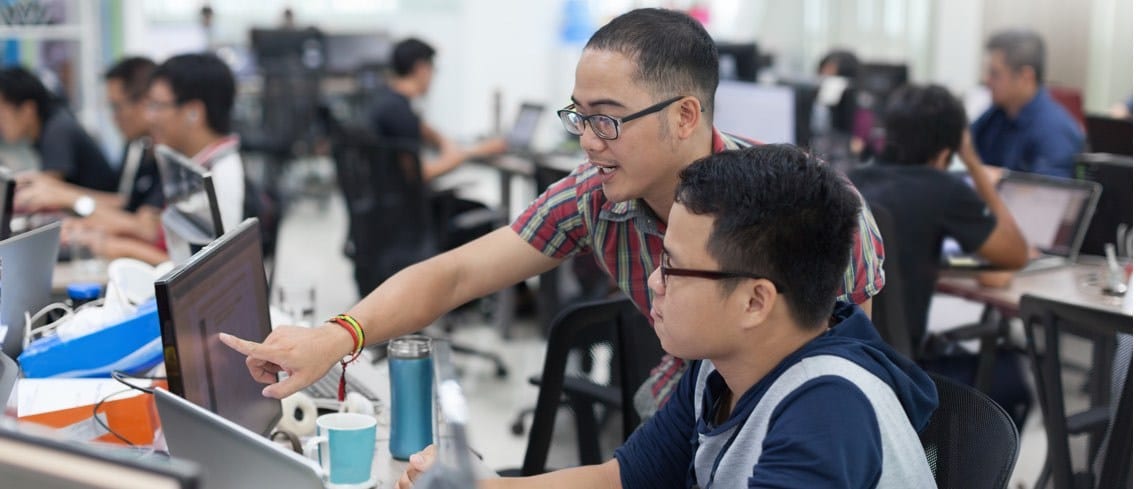
Professor Yifeng Zhu at the University of Maine teaches a class using his book “Embedded Systems with ARM Cortex-M Microcontrollers in Assembly Language and C” as well as various Discovery boards, such as the 32L476GDISCOVERY, 32L152CDISCOVERY, and STM32F4DISCOVERY. It serves as a complement to the introduction to embedded systems by offering a low-level view that is so crucial when developers need to implement specific functions manually. Working in Assembly provides a level of optimization that is essential on platforms with few resources. Beyond teaching Assembly, it shows students how to learn from previous implementations and reverse-engineer existing solutions.
STM32 for Beginners

For the first time in our history, we are offering a step-by-step introduction guide to STM32. Even enthusiasts with no experience in embedded systems can grab a NUCLEO-L476RG or an STM32L4 Discovery kit IoT node (B-L475E-IOT01A) and start programming their first applications in a matter of minutes. We also offer videos to support the lessons, and we go over our major solutions, such as the STM32CubeMX or various expansions packs. There’s also a community ready to answer students’ questions.
Smart Agriculture

Cornell University worked on an automated irrigation system using our NUCLEO-L152RE as a base and the STEVAL-FKI915V1 expansion board to connect to a Sigfox network. It has the potential to completely transform farming by replacing equipment that cost $100,000 today with alternatives that demand less than $100, without any significant loss of performance or features. It can thus enable small farms to benefit from these technologies and increase their profits and production, while also being more environmentally conscious.
Driverless Car
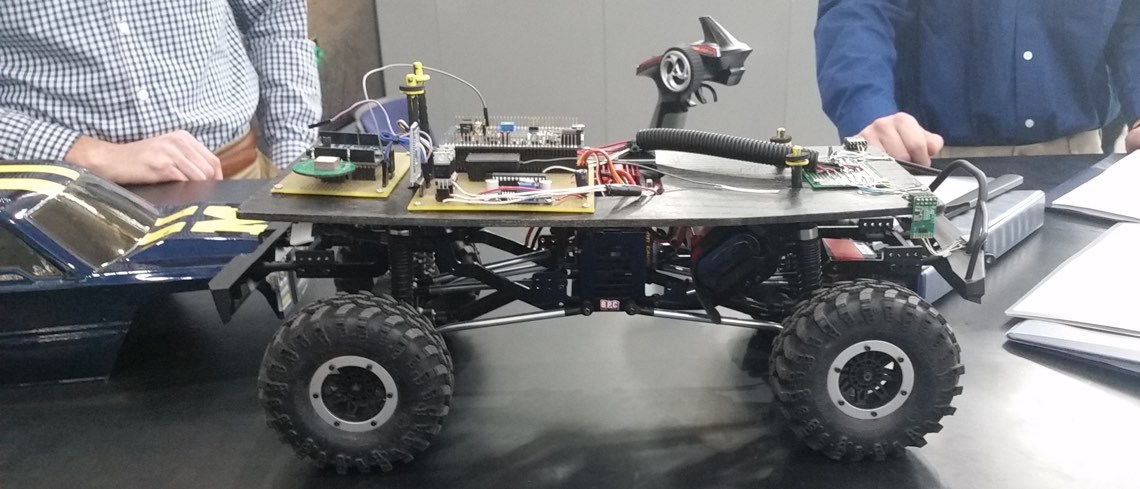
Students from the University of UM-Dearborn used our Teseo-LIV3F Global Navigation Satellite System (GNSS) and our SPC56B Discovery kit, among others, to construct a driverless car. The model can detect obstacles and use a dead-reckoning system to guide the vehicle if the GPS signal is no longer available. They also managed to keep a particularly low power consumption by optimizing their code for our platform, thus showing the tremendous potential of their project.
The Future of Public Transportation?
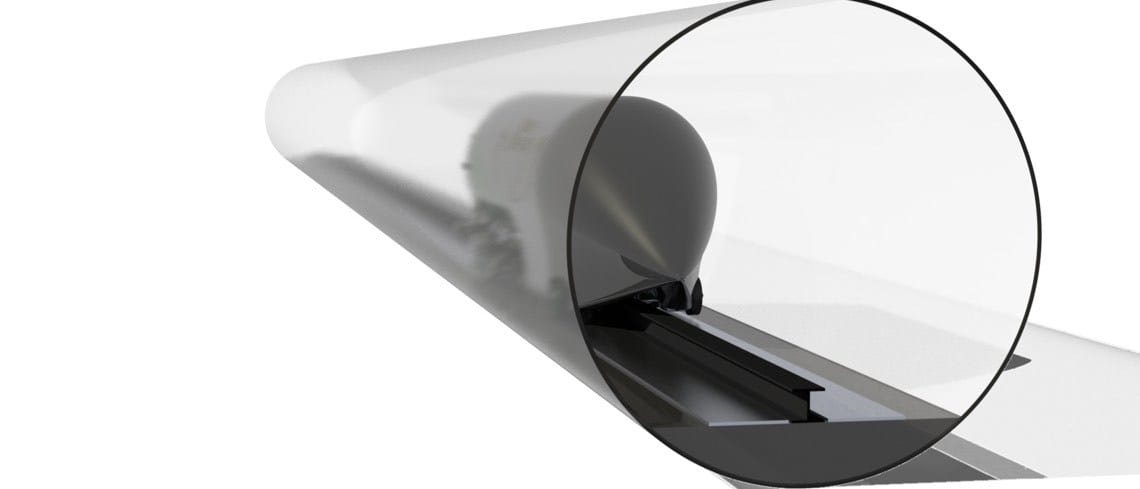
The Hornet Hyperloop team from the Sacramento State University will participate in the SpaceX Hyperloop Competition and use an STM32F7 to exceed 200 mph. The Hyperloop pod uses a NUCLEO-F746ZG and our X-NUCLEO-IKS01A1 sensor board to control the acceleration, cruising, and deceleration phases. It puts the components under extreme stress as they must travel in a vacuum tube for one kilometer (about 0.6 miles). To facilitate the development of their application, they also used the graphical user interface of the STM32CubeMX to configure their MCU and prototype faster.
Conquering the skies
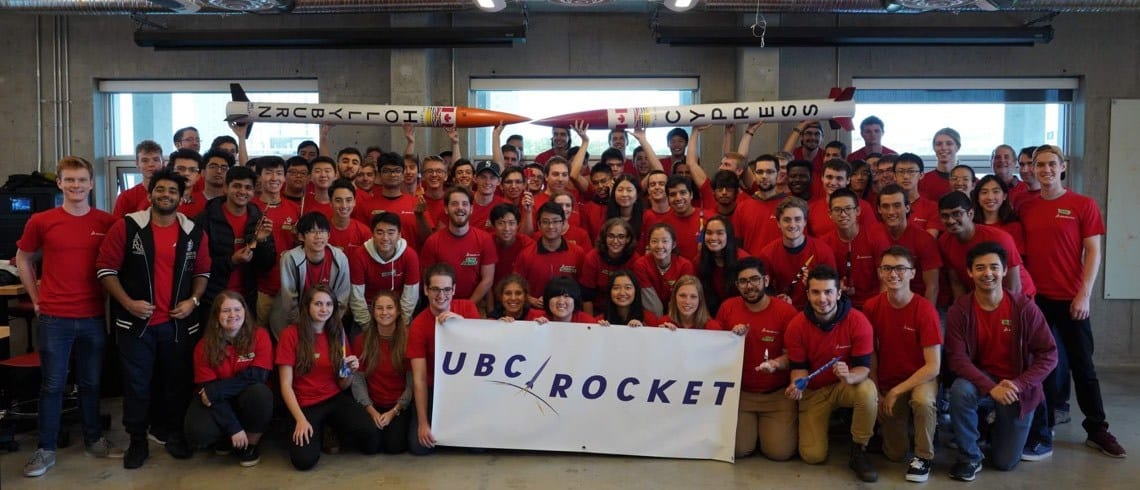
Students from the University of British Columbia, Canada, belonging to the UBC Rocket team integrated an STM32F4 into a rocket destined to reach as high as 30,000 ft. The project is ambitious, and an example of the use of the CAN interface in a spacecraft, as recommended by the European Space Agency. As a result of this project, the students also gained valuable knowledge and expertise that will follow them throughout their careers.
Machine learning with SensorTile
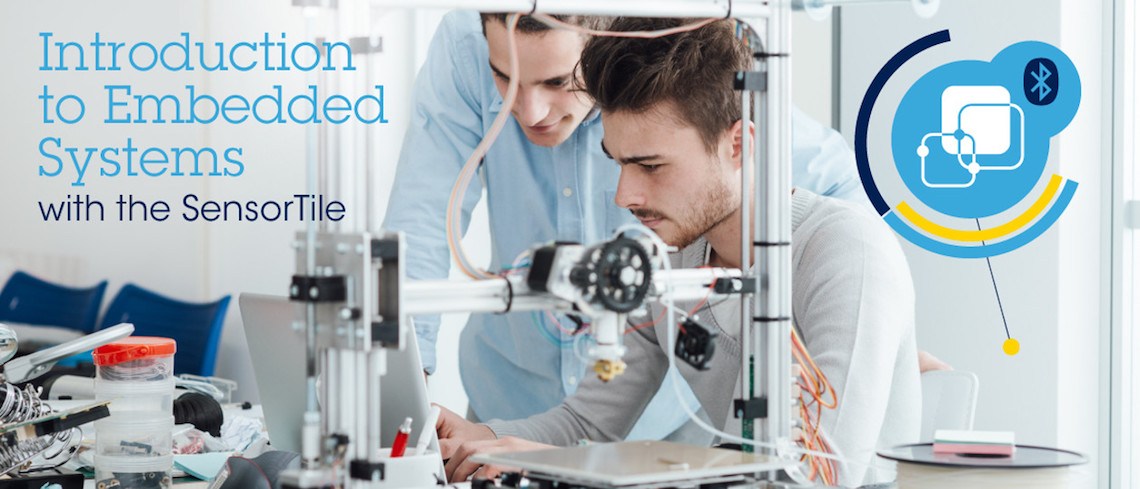
The undergraduate course Introduction to Embedded Systems with SensorTile led to capstone projects that blew us away. All of them used our development kit in machine learning applications to change the world of sports or medicine. Indeed, from helping basketball players improve their free throws and hook shots, to physiotherapists working on shoulder rehabilitation and nurses inserting or removing catheters, all projects used the data from multiple SensorTile kits to completely revise a specific movement or action. It shows that taking the course led to practical applications.
Crossing the Desert to Help Children
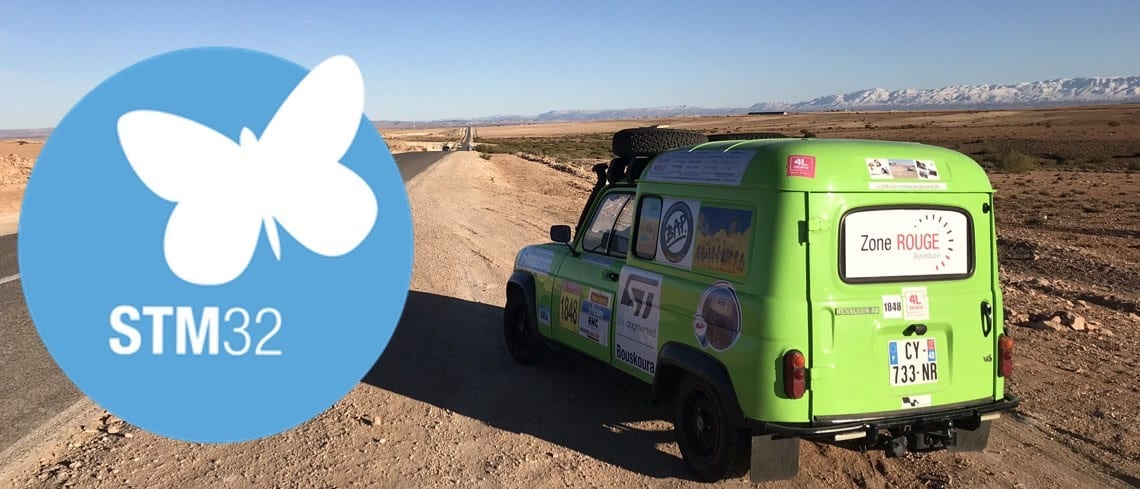
Two ST scholars, David Voge, and Jean-Jacques Fagot, participated in the 4L Trophy, a not-for-profit competition that aims to bring school supplies and funds to children in the south of Morocco. Contestants raced across the desert in the famous vintage French car Renault 4L and the money collected during the event will help build three schools for special needs students. We were also very proud of our STM32 team that finished 30th out of hundreds. It shows that education is an absolute priority for ST and that we will continue to reach all children and students across the globe.
